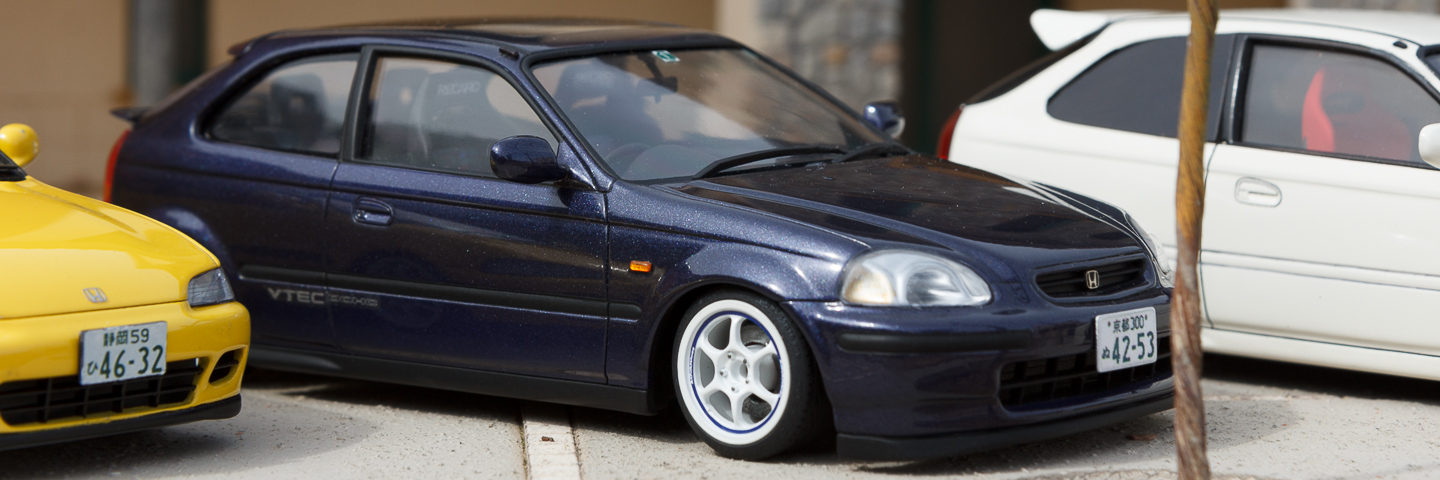The paint supplied by StreetBlisters is an automotive basecoat paint of solvent action.
All basecoat paints have a matt finish and require clear coating for protection and gloss finish.
For a perfect finish on plastic, resin or metal, a primer coat is necessary before applying the color.
Some colors also require a specific base color to obtain an exact shade.
StreetBlisters paint is formulated for airbrush use only.
All StreetBlisters paints are supplied pre-diluted, ready for airbrush.
The paints don’t need any more thinner.
StreetBlisters dilutes paint exactly as specified by the manufacturer.
If you decide to add extra thinner to the paint (at your own risk) always use the thinner distributed by StreetBlisters.
YES, all basecoat paints need a primer coat to ensure a perfect finish.
StreetBlisters primer is perfect for plastic, resin and metal. With it you will obtain a high quality finish.
In case of not using our primer, StreetBlisters recommends to always use automotive primer. In any case, you can do a test first.
If you don't apply a primer coat, the paint will not adhere to the surface properly.
YES, all basecoat paints need clearcoat for protection and to give either a gloss or matte finish.
StreetBlisters Gloss clearcoat will provide excellent gloss, hardness and a high quality finish.
In case of not using our clearcoat, StreetBlisters recommends using automotive clearcoat. Always do a test first.
·First step: Prepare the surface.
Sand the piece that you are going to paint, using a 600 grit sanding sponge.
Clean the piece with warm soapy water. You can use a toothbrush for cleaning.
·Second step: Primer.
After allowing the piece to dry completely, apply a primer coat.
Once the primer is dry, re-sand with 800 grit and clean the piece with soap.
·Third step: Color.
When the piece is dry from the previous step, apply the basecoat paint. If necessary, apply a second coat, respecting the drying time between coats. (10 minutes approx.)
·Fourth step: Clearcoat.
Apply directly on the basecoat at least 30 minutes after the application of the basecoat.
Apply two crossed coats, waiting 5 to 10 minutes (at 20° C) between them.
Drying time to the touch of the clearcoat is 4 hours at 20° C, completely dry: 48 hours.
StreetBlisters recommends using a high quality airbrush with 0,4mm needle to obtain better finishes.
Safety precautions:
· Wear a suitable safety mask to avoid inhaling vapors.
· Use in a well ventilated area.
· Recommended use of paint booth.
· Wear suitable gloves.
· In case of contact with eyes, rinse immediately with plenty of water and seek medical advice. · Keep away from sources of ignition.
· Keep out of the reach of children.
Important tips:
· Shake thoroughly the paint and primer before applying.
· Use a transfer pipette or paint dropper to fill the airbrush cup.
· Filter the paint, primer, and clearcoat through a strainer whenever possible. (Although all StreetBlisters products are filtered at packaging, we recommend filtering the paint before use).
· Clean your airbrush very well before applying the clearcoat.
· Always try to keep the paint, primer, and clearcoat jars closed. Especially the primer.
· Thoroughly clean the threads of the jars before closing. Especially the clearcoat and the hardener.
· Don’t let the paint, primer or clearcoat dry in the airbrush. It would make cleaning very difficult.
You can clean your airbrush with airbrush cleaner or cleaning solvent.
Ultrasonic cleaners do a great job cleaning airbrush parts.
To make cleaning easier, don’t let the paint, primer or clearcoat dry inside the airbrush.
If it is necessary to soak the airbrush, remove all the gaskets first to avoid damaging them.
You can remove basecoat paints with brake fluid or isopropyl alcohol.
Be careful with the soaking time, the plastic could also be damaged.
StreetBlisters always advises testing on a small area before applying to an important project.
To ensure a good preservation of the paint, we recommend storing the paint, primer and clearcoat in a cool, dry, dark place.
Always keep them out reach of children.
Over time, the solvent may evaporate. In this case, you can add the corresponding thinner to the paint or primer to restore the original viscosity.













